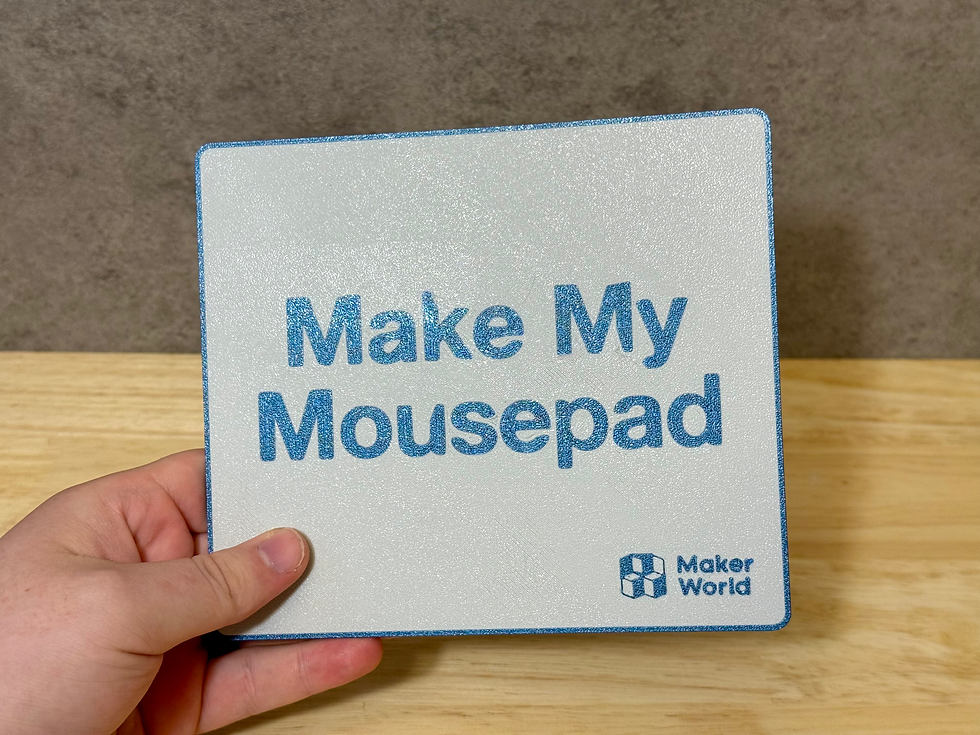Why I Switched from Traditional CAD to Plasticity
- Riley Savoy

- Jun 2
- 2 min read

As someone deeply involved in designing functional, 3D printable parts, I’ve spent a lot of time exploring different CAD tools. From traditional parametric platforms like Fusion 360 to more advanced industry software such as CATIA V5 and Siemens NX, but they often feel slow, or overly rigid for the kind of work I do. A year ago, I decided to try Plasticity, and it immediately changed the way I approach design. It is now my primary CAD tool for most projects, and I haven’t looked back.
What drew me to Plasticity was its simplicity, not in capability, but in how it is structured. Most of my designs only involve a few solid bodies, so I do not need a full assembly workspace. Plasticity strips away those extra layers and lets me focus on form and function. It is fast, responsive, and clean. The experience feels more like sculpting than traditional engineering, which opens up a lot of creative possibilities while still being precise enough for professional design work.
One of the biggest advantages is the workflow. Plasticity relies heavily on keybinds and direct interaction, which takes a little time to learn but pays off with speed. Instead of clicking through endless panels, I stay locked into the model, making adjustments on the fly and maintaining flow throughout the design process. This kind of immediacy has made even small projects feel more rewarding and efficient.
Another major reason I have stuck with Plasticity is the freedom it gives me. With parametric CAD, I constantly ran into constraints that broke models or forced me to rethink earlier steps. That kind of fragility becomes a barrier when you are trying to iterate quickly, especially during prototyping. Plasticity's modeling engine is more flexible and forgiving. I can explore forms, tweak shapes, and refine ideas without feeling like I am walking on eggshells.
On top of that, I have integrated XNURBS into my workflow, which gives me access to professional level surface modeling, something you typically only find in industry tools. It is a powerful addition that lets me build smooth, organic shapes when the project calls for something more sculpted or ergonomic. Being able to combine that with Plasticity's clean interface and speed has made it a uniquely effective setup for the kinds of projects I work on.
Plasticity is not trying to replace every CAD tool, and it does not need to. It fills a specific niche incredibly well: quick, high quality modeling for real world use. For my workflow, where form, function, and speed all matter, it has become the best tool for the job.
If you have ever felt boxed in by your CAD software, or you want a more responsive and creative environment for design, I would definitely recommend giving Plasticity a try. It is not just a tool I use, it is one that has changed the way I think while I build.


Comments